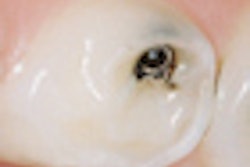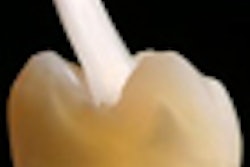Dentists are placing fewer restorations and, as a consequence, they may need more patients to stay busy, according to a study published in the Journal of the American Dental Association (April 2010, Vol. 141:4, pp. 391-399).
University of Michigan Professor Emeritus Stephen Eklund, D.D.S., M.H.S.A., Dr.P.H., studied the records of Delta Dental for Michigan to see what types of procedures were performed in 1992, 1997, 2002, and 2007.
The data do not include patients using Medicaid or the Children's Health Insurance Program, which have been administered by Delta Dental in Michigan over the past decade.
Dr. Eklund noticed a significant decline in the number of restorations placed over the period he studied. In 1992, the average adult got 1.1 restorations per year. By 1992, that number declined to 0.9 per year.
The change isn't surprising, since other studies have noted an improvement in U.S. oral health going back to at least 1970. But Dr. Eklund's report suggests that the trend continued past 2004, the most recent date used by the Centers for Disease Control and Prevention, and it provides detail about the type of procedures being done.
Among the findings:
The number of composite resin restorations placed per person more than doubled from 1992 to 2007. The number of amalgam restorations fell by half.
The number of crowns, including crowns on implants per person, also decreased, from about 0.3 in 1992 to about 0.2 in 2007.
The number of endodontic procedures, pontics, dentures, and removable partial dentures also declined.
The only procedure that increased in number was implants, but not enough to explain the decline in other types of prosthetics.
These trends appear likely to continue, Dr. Eklund wrote. "For the average dentist to keep busy providing the traditional restorative services, more patients likely will be needed," he concluded.
Copyright © 2010 DrBicuspid.com



















